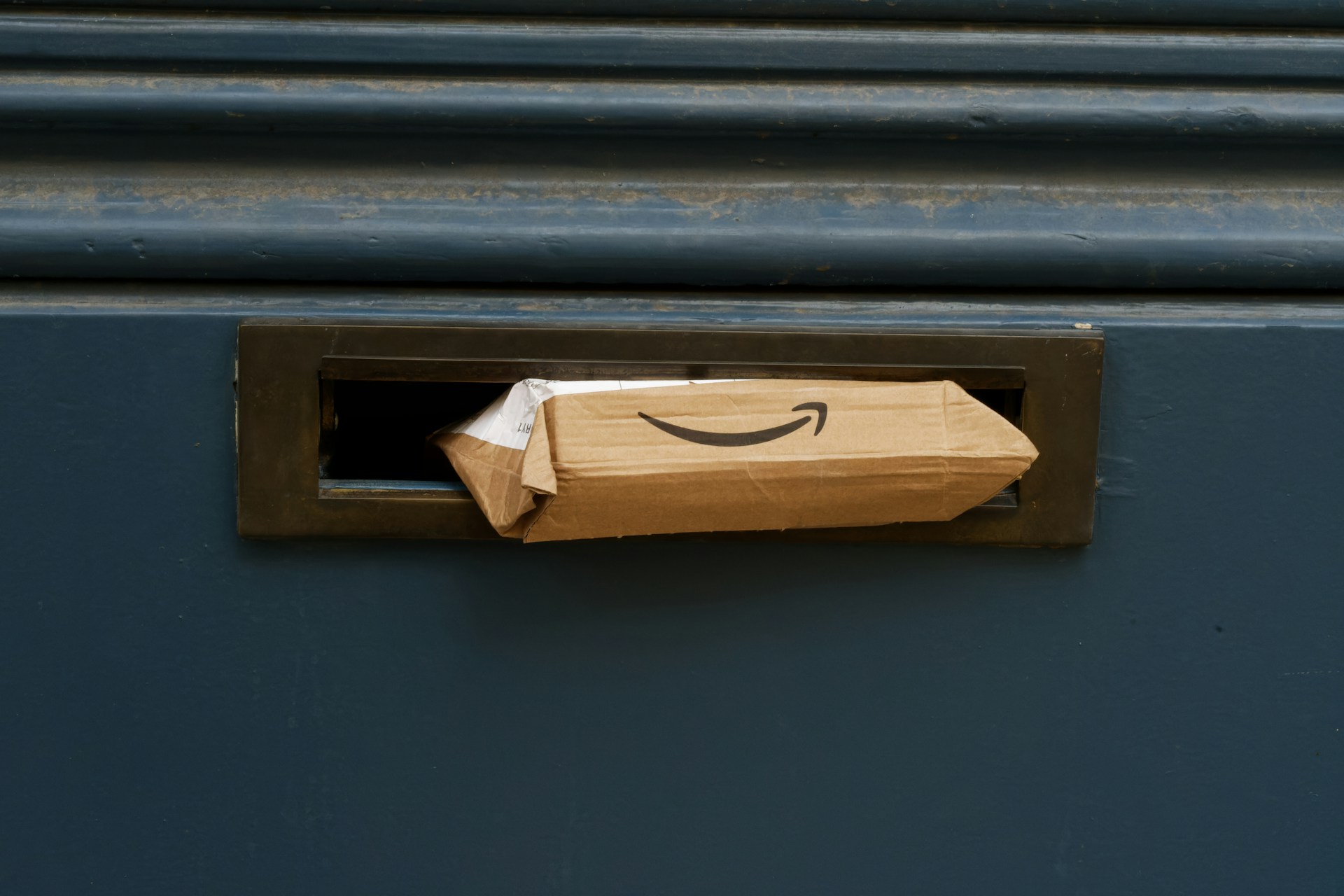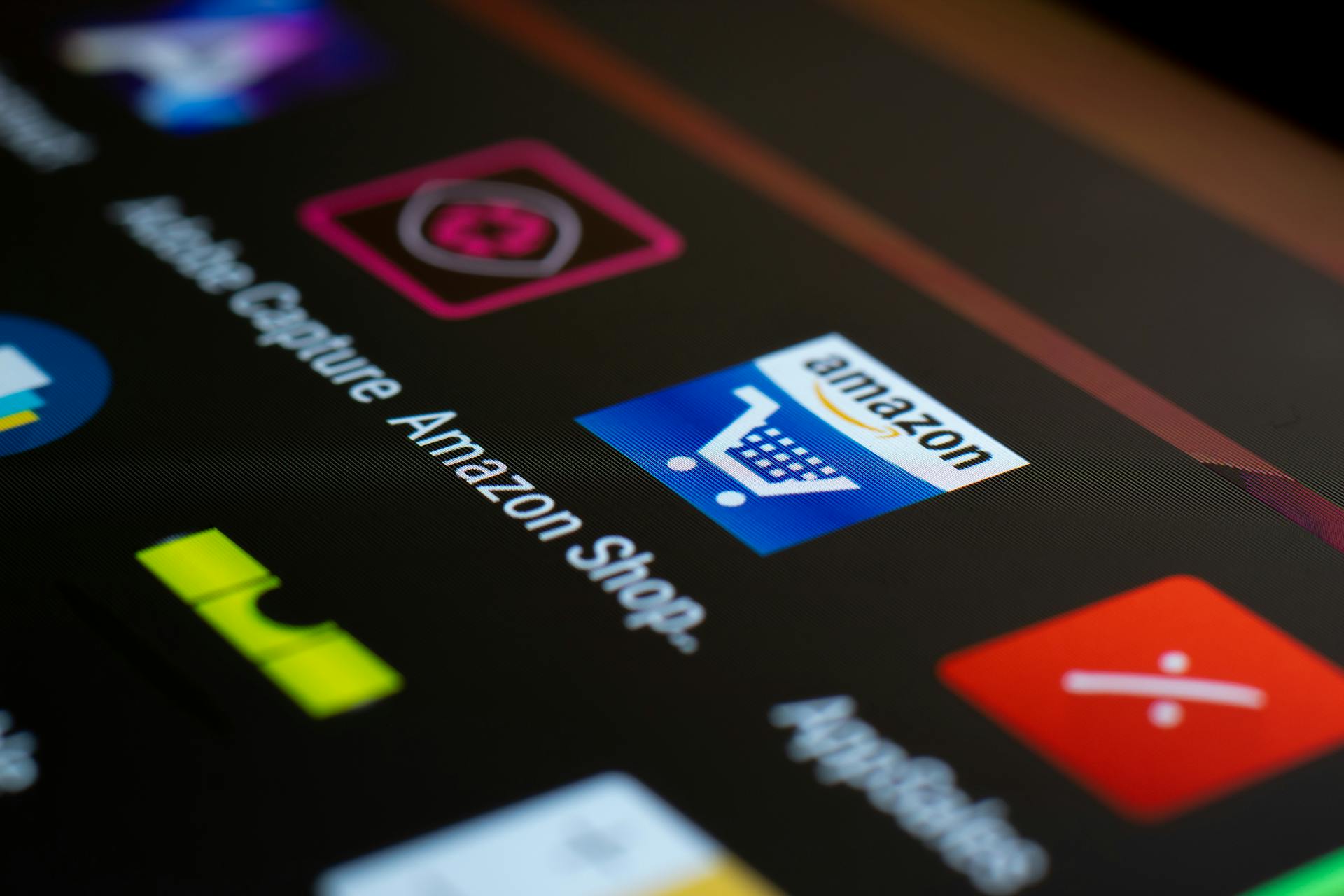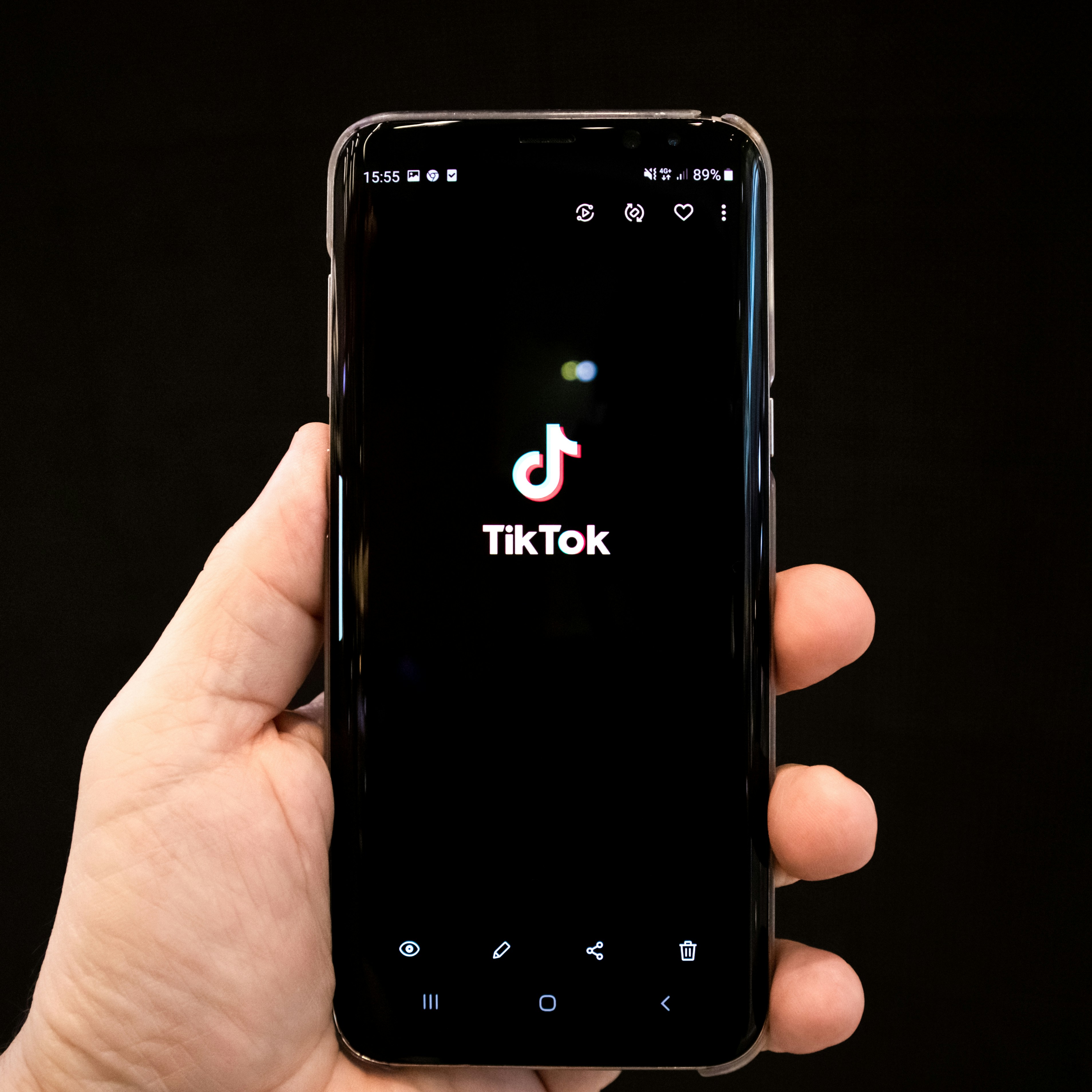Understanding Amazon Prime Day and Its New Format
Amazon Prime Day is a significant annual shopping event that provides exclusive deals and discounts for Amazon Prime members. Initially launched in 2015 as a means to celebrate Amazon’s anniversary, this day has evolved into a crucial date on the e-commerce calendar, rivaling major shopping occasions like Black Friday and Cyber Monday. In 2025, Amazon has announced an exciting shift by extending Prime Day to a four-day event, scheduled from July 8 to July 11. This change reflects the growing importance of online shopping and offers unique opportunities for both consumers and small businesses.
The implications of this expansion are profound. For consumers, extending Prime Day allows additional time to explore offers, compare prices, and take advantage of deals that cater to diverse interests. With the increase in shopping days, buyers can engage more leisurely, ultimately leading to increased customer satisfaction. On the other hand, small businesses can leverage this extended shopping period to maximize exposure. The four-day format provides ample time for businesses to promote their products and potentially capture a larger share of the market.
With an increasing number of shoppers turning to Amazon for their purchasing needs, small businesses that operate within the platform stand to benefit significantly. This extended event allows them to showcase their offerings more prominently, as consumers are likely to spend more time browsing during the additional days. Moreover, small businesses can utilize targeted marketing efforts, ensuring their products gain visibility amid a highly competitive landscape. As the e-commerce market continues to grow, the adaptation of Amazon Prime Day to a longer format denotes not only a shift in consumer behavior but also serves as a pivotal strategy for small businesses eager to capitalize on this movement.
Affiliate: Discover the safe & easy way to get your LLC. Start an LLC in a few quick steps. GET STARTED TODAY.
Strategies for Small Businesses to Leverage Prime Day
As Amazon Prime Day 2025 approaches, small businesses can adopt several effective strategies to maximize their benefits from this high-traffic shopping event. One of the most impactful tactics is to provide limited-time discounts. Offering special pricing can attract new customers as well as incentivize existing ones to make a purchase. Highlight these promotions prominently on product pages and through social media channels to create excitement and urgency around the offers.
Another strategy that can be beneficial for small businesses is product bundling. By combining complementary products into a single package, businesses can not only increase the average order value but also enhance perceived value for customers. For instance, a fashion retailer could bundle clothing items with accessories, making the purchase more appealing during Prime Day. Utilizing creative and engaging product images and descriptions will facilitate stronger customer interest in these bundles.
Moreover, small businesses should consider investing in advertisements on the Amazon platform to reach a wider audience. Utilizing pay-per-click (PPC) campaigns can enhance product visibility during Prime Day when competition for attention is at its peak. Targeting relevant keywords and demographics will enable businesses to attract potential buyers effectively. Additionally, optimizing product listings with thorough descriptions, high-quality images, and appropriate keywords is crucial to catch the attention of even the most casual browser during this shopping frenzy.
Preparation is key to successfully leveraging Amazon Prime Day 2025. Businesses must prioritize inventory management to ensure they have adequate stock levels to meet anticipated demand. Furthermore, ensuring a seamless customer experience is vital; this includes providing prompt shipping options and responsive customer service. By implementing these strategies, small businesses can transform Prime Day into a significant sales opportunity, leading to increased revenue and enhanced brand visibility.
Case Studies: Success Stories from Small Businesses on Amazon Prime Day
Small businesses have increasingly found that participating in Amazon Prime Day can significantly boost their visibility and sales. Several case studies illustrate how these enterprises strategically navigated the challenges of such high-traffic events and turned them into profitable opportunities.
One notable example is a handmade jewelry business that utilized Amazon’s promotional tools effectively. By enrolling in Amazon Prime Day-specific deals and leveraging social media campaigns, this small business saw a remarkable increase in traffic to their listings. They focused on highlighting unique products, offering a discount exclusively for Prime members, and promoting their brand story. As a result, their sales during the Prime Day window increased by 300% compared to previous months. The key takeaway from this case is the importance of marketing and ensuring that products stand out through storytelling and targeted promotions.
Another success story comes from a small electronics retailer that faced challenges due to stiff competition from larger brands. To combat this, they invested time in optimizing their product listings, focusing on SEO strategies that highlighted their unique offerings and customer service. They also engaged with customers through Amazon’s Q&A feature, helping to build trust and credibility. By creating a quick, responsive communication channel, they not only increased customer satisfaction but also saw a 150% rise in sales during Prime Day. This example underscores the importance of optimizing product visibility and customer interaction to compete effectively.
Lastly, a local coffee roaster used Amazon Prime Day as an opportunity to introduce a limited-time subscription model for their freshly roasted beans. They collaborated with influencers to create buzz around the subscription service, showcasing the product benefits and unique flavors. The increased demand led to a substantial uptick in subscriptions, illustrating how small businesses can innovate and adapt their offerings to harness the power of targeted marketing.
These case studies highlight that through strategic marketing, product optimization, and customer engagement, small enterprises can thrive on Amazon Prime Day, converting challenges into successful outcomes.
Affiliate: System.io – The world’s easiest all-in-one marketing platform. Get your free account now!
Post-Prime Day Follow-Up: Maintaining Customer Engagement
Once the hustle and bustle of Amazon Prime Day 2025 is over, small businesses must pivot their focus toward sustaining customer engagement. The conclusion of the event offers a prime opportunity to strengthen relationships established during the sales surge. Businesses should view Prime Day as a launchpad for developing lasting connections with customers.
One effective strategy for maintaining customer engagement is the implementation of targeted email campaigns. Post-event, businesses can utilize their customer data to craft personalized messages thanking buyers for their purchases while introducing them to related products. Emails should highlight favorable promotions or new arrivals that align with customers’ recent purchases. By offering tailored content, businesses can significantly enhance customer satisfaction, encouraging repeat purchases and fostering brand loyalty.
Social media platforms also play a vital role in sustaining engagement after Prime Day. Through interactive posts, follow-up surveys, or customer feedback requests, businesses can cultivate a sense of community. Sharing user-generated content or testimonials reinforces trust and allows customers to connect with the brand on a more personal level. Additionally, timely responses to inquiries or comments can enhance the relationship and showcase a commitment to customer service.
Loyalty programs further fortify ongoing customer engagement. By rewarding repeat purchases or referrals, a well-structured loyalty program can encourage customers to return. Engaging customers through exclusive offers, special discounts, or early access to new products makes them feel valued, ultimately increasing their likelihood of returning for future purchases.
In conclusion, maintaining customer engagement post-Prime Day requires deliberate efforts through personalized communication and incentive-driven strategies. Aiming to convert one-time buyers into repeat customers enables long-term success. Implementing these tactics allows small businesses to reinforce their customer relationships effectively.
Affiliate: Discover the safe & easy way to get your LLC. Start an LLC in a few quick steps. GET STARTED TODAY.





